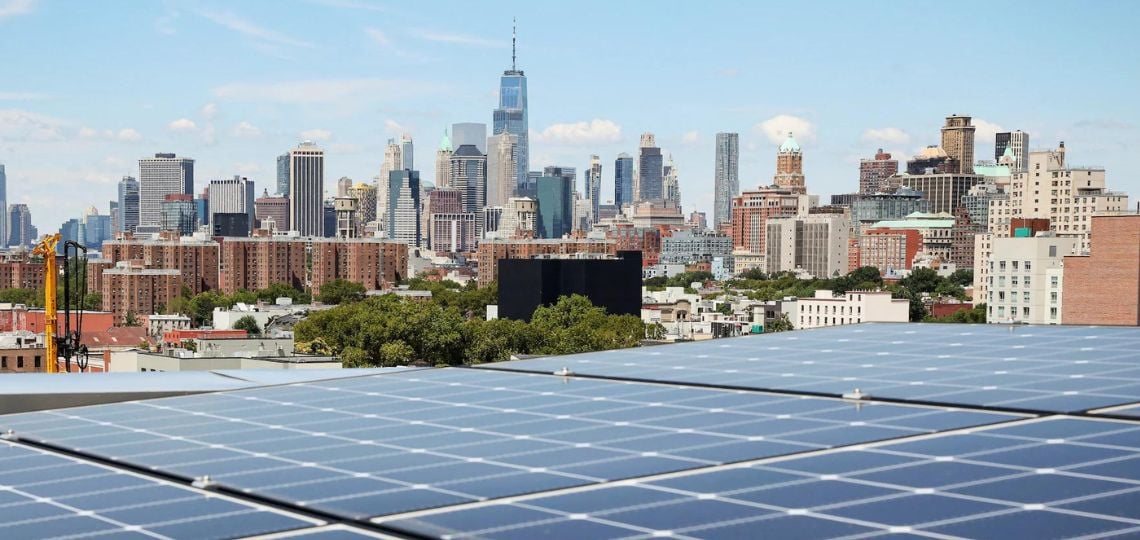The U.S. solar boom: An energy revolution in the making
September 18, 2024

The U.S. solar industry is undergoing a significant transformation, with solar panel manufacturing capacity now exceeding 31 gigawatts (GW).
This increase, nearly quadrupling since the passage of the Inflation Reduction Act of 2022, is testament to the impact of federal policies on renewable energy development.
The Q3 2024 Solar Market Report, published by the Solar Industries Association (SEIA) and Wood Mackenzie, highlights the continued growth momentum of solar manufacturing and deployment.
Over the past two years, the solar industry has added 75 GW of new capacity to the grid, representing more than 36% of all solar capacity built in U.S. history.
At the same time, nearly 1.5 million U.S. homes have installed solar systems since the law went into effect.
This rapid expansion is largely attributed to federal incentives that encourage innovation and investment in the sector.
Impact of federal policies on the solar industry
Abigail Ross Hopper, President and CEO of SEIA, points out that “the solar and storage industry is turning federal policy into action by rapidly creating jobs and driving economic growth in every state, especially in key states like Arizona, Nevada and Georgia.”
This growth momentum is also visible in the numbers, with 9.4 GW of new electrical generation capacity installed as of the second quarter of 2024.
Texas stands out as the leading solar market, having installed 5.5 GW of capacity in the first half of 2024.
States to watch in the November elections, such as Texas, Florida, Nevada, Ohio and Arizona, are among the top ten solar states in 2024.
This concentration of solar activity in strategic states underlines the importance of local and federal policies in developing the sector.
Challenges and growth prospects
Despite these advances, the solar industry faces significant challenges that could hinder its future growth.
Michelle Davis, Global Head of Solar at Wood Mackenzie, says, “The solar industry had an excellent second quarter, driven primarily by growth in the large-scale segment. However, future growth is hampered by wider challenges in the energy sector, such as interconnection delays, electrical equipment shortages and labor availability constraints.”
In addition, the uncertainty associated with proposed new tariffs and the presidential elections adds a layer of complexity to strategic planning for companies in the sector.
The residential market, meanwhile, contracted in Q2 2024, due to policy changes in California and high interest rates nationwide.
This segment added 1.1 GW of new capacity, its lowest level in almost three years.
However, optimistic forecasts for 2025 and projected annual records from 2026 to 2029 point to a recovery.
Long-term growth forecasts
Annual solar installations are expected to grow by an average of 4% over the next few years, despite the challenges mentioned.
By 2029, total U.S. solar capacity is expected to double to 440 GW.
This projection underlines not only the resilience of the industry, but also the importance of policies to support decarbonization and the energy transition.
The rapid evolution of solar panel manufacturing capacity and the increase in the installation of solar systems in American homes illustrate a turning point in the way solar energy is perceived and adopted.
Industry players have to navigate a complex landscape, but long-term growth prospects remain encouraging, underpinned by supportive policies and growing demand for sustainable energy solutions.
Search
RECENT PRESS RELEASES
Related Post




